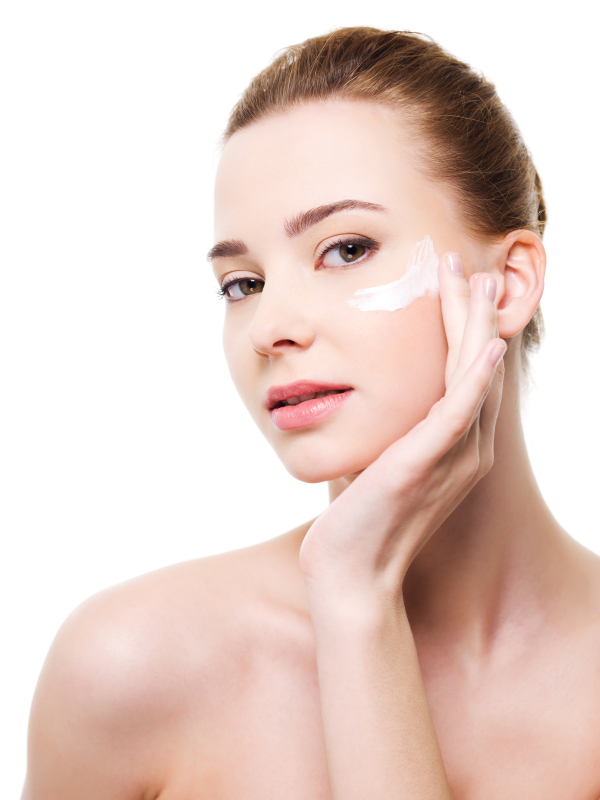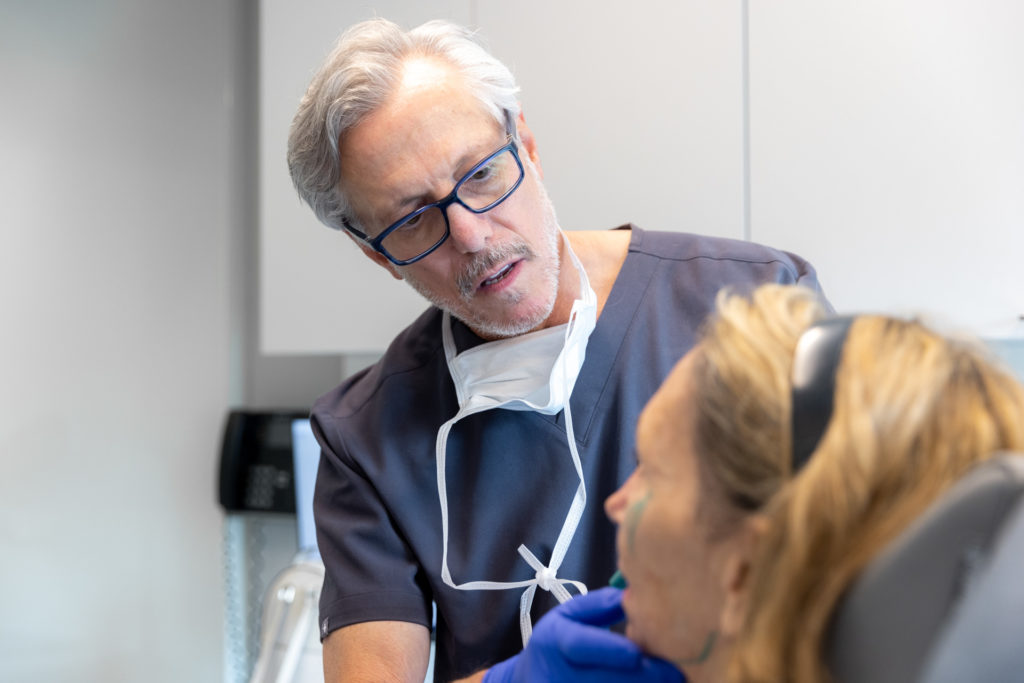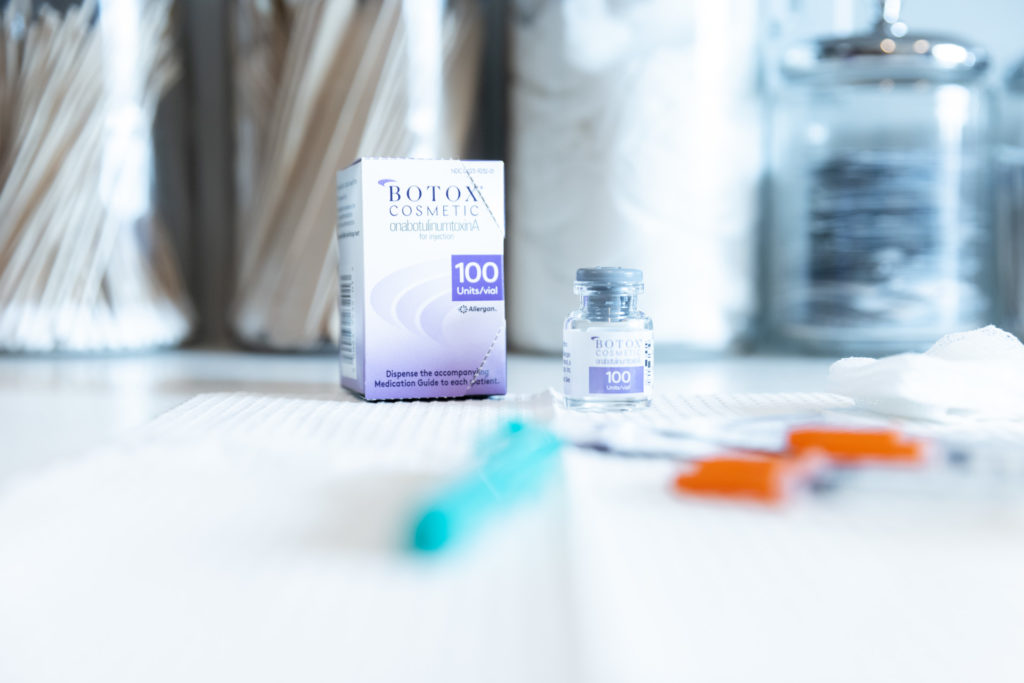
As summer comes to an end, we thought we’d share with you one last bit of advice when it comes to your skincare and sunscreen.
Before heading outside, apply your sunscreen 30 minutes before stepping out; this allows time for the active ingredients to bind to your skin and protect it. Use at least one ounce of sunscreen with a sun protection factor of 30 to cover your body entirely. We recommend using at least a teaspoon for your face, ears, and neck. The protective strength of the sunscreen depletes over time so you’ll need to reapply every two hours for extended time outside. And if you’re swimming or sweating, you’ll need to apply even more.
Let’s address the myth of the higher the SPF, the better the protection. There are three kinds of ultraviolet rays: UVA, UVB and UVC. UVA rays penetrate the skin deep, altering your pigmentation to produce a tan. UVB rays are the primary rays that cause sunburn. These will also damage your skin’s DNA and cause photoaging, pigment changes, and cancerous tumors. UVC rays are absorbed by the atmosphere.
The SPF on a sunscreen refers to the amount of protection from UVB rays the product offers. Many sunscreens, therefore, need to offer protection from both UVA and UVB rays. When a label says “broad spectrum” it means it protects against UVA and UVB. You will want to look for an SPF of at least 15 and one of the following ingredients: mexoryl, oxybenzone, or avobenzone for UVA protection.
When it comes to choosing the right sunscreen to help prevent breakouts, look for sunscreens that have “‘oil-free” on the label; remember sheer doesn’t necessarily mean oil free.
Treating sunburns is all about getting the inflammation down as soon as possible in order to limit the damage to the skin. A great at-home remedy is to soak a washcloth in a bowl of skim milk and ice and apply it to the area of the burn for about 5 to 10 minutes. Also take some ibuprofen, aspirin, and apply hydrocortisone.




